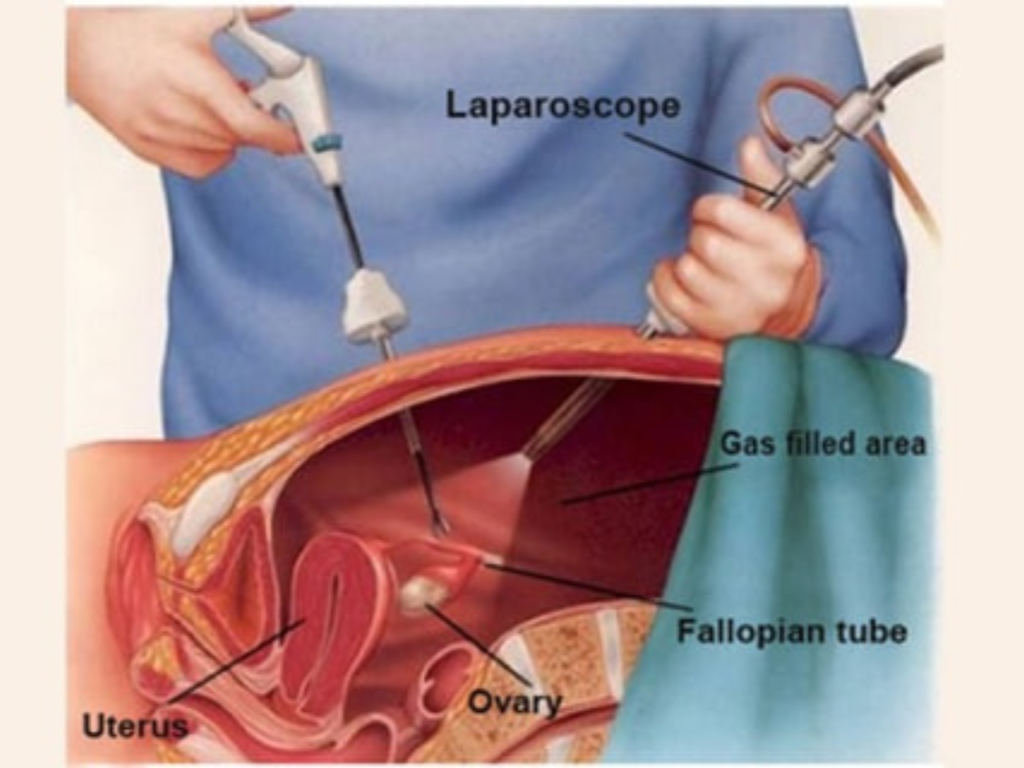What Is Tubal Recanalization
Tubal Recanalization is a non-surgical or minimally invasive procedure used to clear blockages in the fallopian tubes. The fallopian tubes play a vital role in conception by transporting the egg from the ovary to the uterus. When blocked, sperm cannot meet the egg, leading to infertility.
This procedure is particularly beneficial for women whose tubal blockages are caused by:
- Mucus plugs or debris
- Previous infections (like pelvic inflammatory disease – PID)
- Scar tissue from previous surgeries or endometriosis
- Tubal ligation reversal (for those who want to conceive again)
Why Is Tubal Recanalization Needed
Women with blocked fallopian tubes may experience:
- Difficulty conceiving naturally
- Irregular or painful periods
- History of pelvic infections or sexually transmitted infections (STIs)
- Recurrent miscarriages due to implantation failure
- Unlike major surgeries like tubal surgery or IVF, tubal recanalization offers a simpler, less invasive, and more affordable alternative to restore natural fertility.

Step-by-Step Procedure of Tubal Recanalization
1. Pre-Procedure Evaluation
Doctors conduct hysterosalpingography (HSG) or an ultrasound to confirm tubal blockage.
Patients may need antibiotics before the procedure to prevent infections.
2. Anesthesia & Preparation
The procedure is typically done under mild sedation or local anesthesia to minimize discomfort.
3. Performing Tubal Recanalization
A thin catheter (tube) is inserted through the cervix into the uterus and fallopian tubes.
A special dye is injected, and X-ray guidance helps locate and remove the blockage.
The doctor may use a small balloon or wire to gently open the tube.
4. Post-Procedure Recovery
The procedure is painless and takes 30-60 minutes.
Most women go home the same day and resume normal activities in 24-48 hours.
Benefits of Tubal Recanalization
- Non-Surgical & Minimally Invasive – No major cuts or stitches.
Quick & Painless – Completed in under an hour with minimal discomfort. - Restores Natural Fertility – Allows natural conception without IVF.
- Short Recovery Time – Most women resume normal activities within 1-2 days.
- Cost-Effective – More affordable than IVF or major tubal surgery.
Who Is an Ideal Candidate for Tubal Recanalization?
This procedure is best suited for:
- Women with single or mild bilateral tubal blockages.
- Those with a history of pelvic infections or previous surgeries.
- Women who want to conceive naturally after tubal ligation reversal.
- Patients who have not conceived despite regular ovulation and normal sperm analysis.
- Cramping or Mild Spotting – Common but resolves within a day.
- Re-Blockage of Tubes – May occur if scarring or infection is severe.
- Ectopic Pregnancy Risk – Slightly higher in women with previous tubal damage.
- Success Rate Depends on Blockage Type – Effective for mucus or debris blockages but less successful for severe scarring.
FAQs
Success rates vary depending on the type of blockage, but 70-90% of women regain tubal openness, and 30-50% conceive naturally within a year.
No, the procedure is minimally invasive and painless, with only mild cramping in some cases.
Doctors usually recommend trying immediately after your next menstrual cycle.
Yes, if both tubes have blockages, the doctor will attempt to clear both during the same session.
While many women maintain open tubes, some blockages may return over time, especially if caused by infections or scarring.
Conclusion:
Tubal recanalization is a safe, quick, and effective way to restore fertility in women with blocked fallopian tubes. With minimal discomfort, fast recovery, and high success rates, this procedure offers new hope for natural conception. If you’re struggling with tubal infertility, consult a fertility specialist to see if tubal recanalization is right for you.



